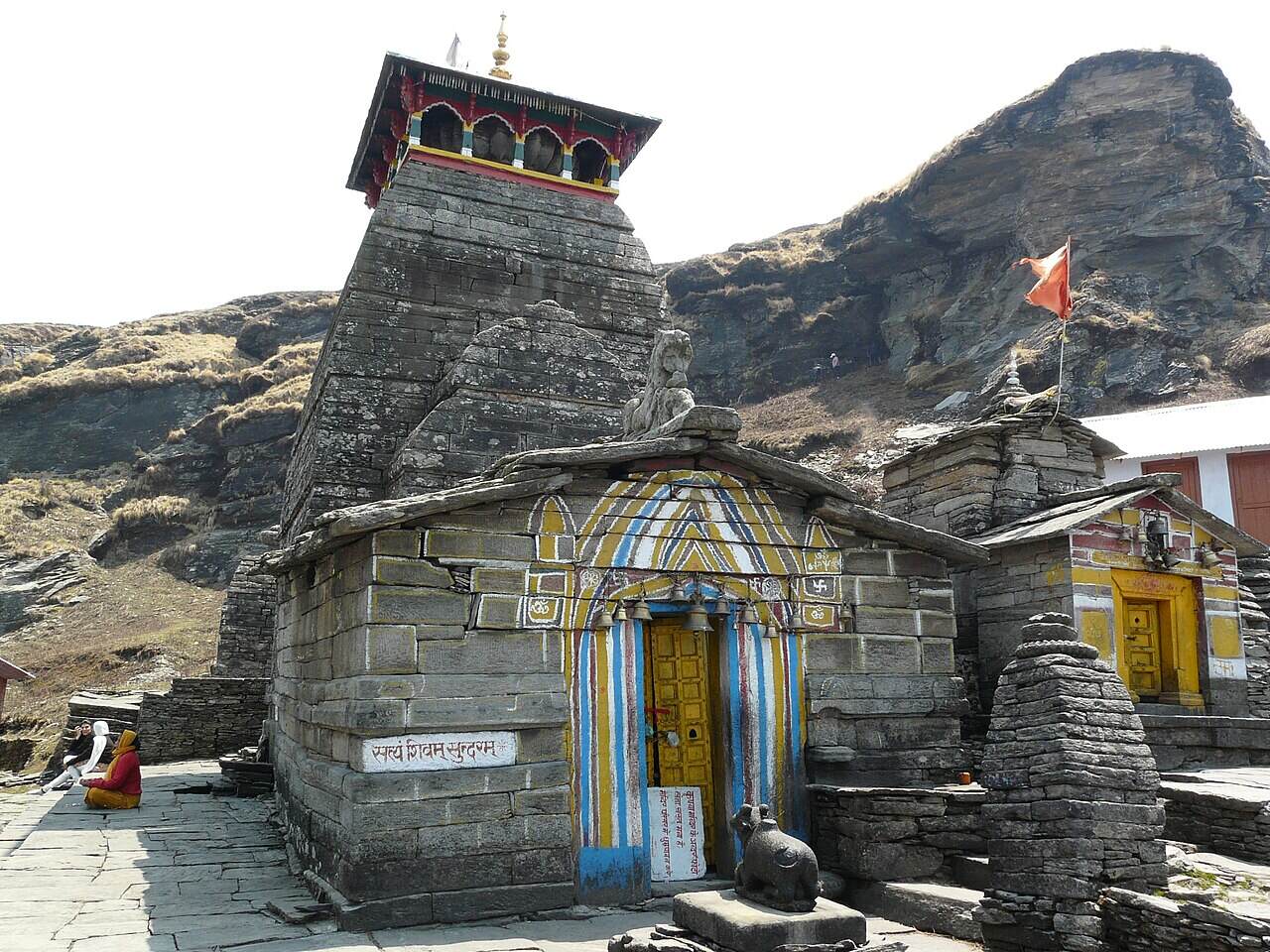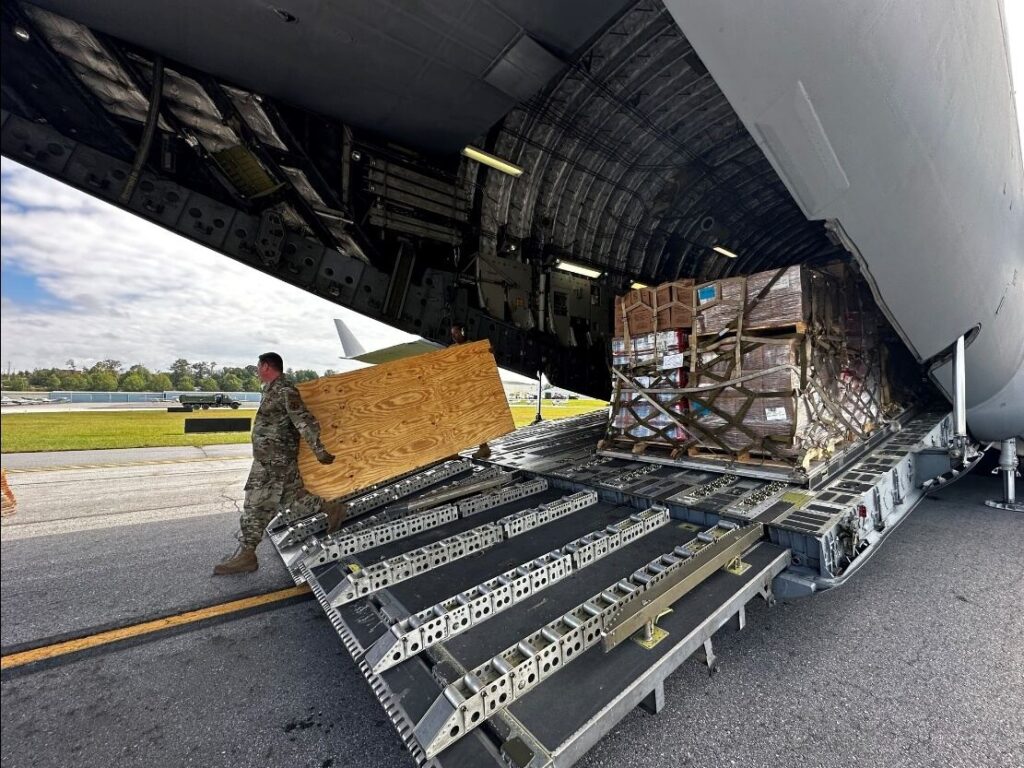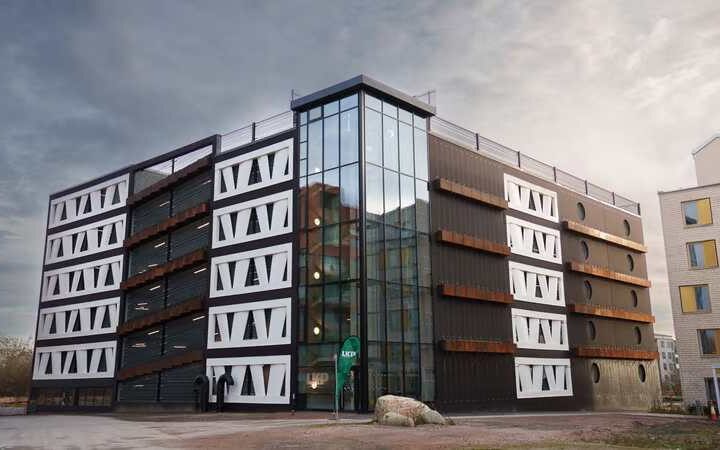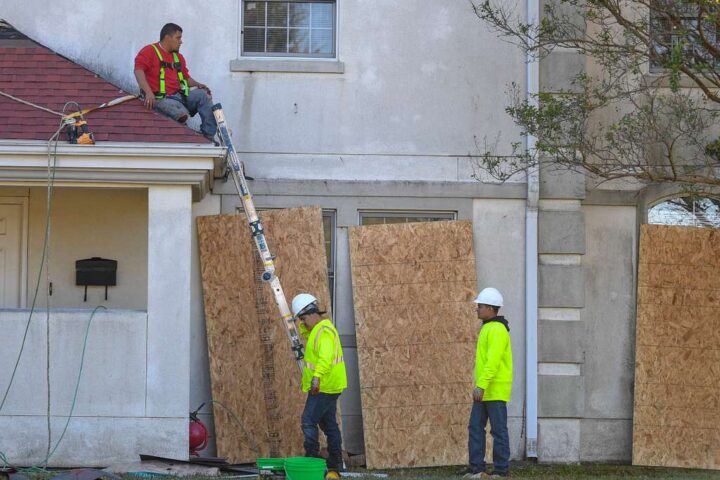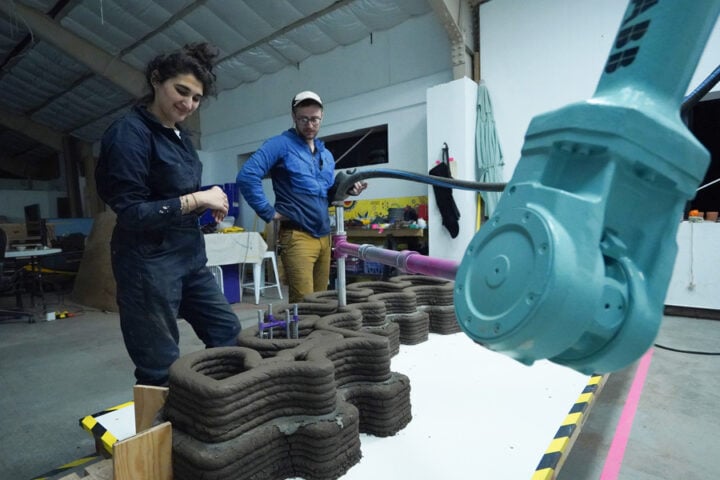In the rugged terrain of Uttarakhand’s Rudraprayag district, perched at 3,680 meters, the Tungnath Temple stands as a testament to ancient Indian architecture and spiritual devotion. However, this centuries-old shrine, revered as the world’s highest temple dedicated to Lord Shiva, now faces a grave threat to its existence.
Monsoon Havoc Unveils Structural Vulnerabilities
The recent monsoon season has highlighted the temple’s structural issues, including water leakage and foundation instability. Ajendra Ajay, head of the Badrinath Kedarnath Temple Committee, expressed concern over the temple’s condition. “The temple is facing serious issues like subsidence, weakening foundation, and shifting wall slates, which have caused water leakage, especially during the rainy season,” Ajay stated. These issues have worsened during the rainy season, raising concerns for both the temple’s preservation and the safety of thousands of pilgrims who visit annually.
Expert Intervention: A Race Against Time
In response, the temple committee has sought assistance from multiple agencies, including the Geological Survey of India (GSI) and the Archaeological Survey of India (ASI), which conducted inspections in September. Manoj Saxena, superintendent archaeologist at ASI, confirmed that while the temple is not officially protected by ASI, their recommendations have been provided to the temple committee and the Uttarakhand government. The Central Building Research Institute (CBRI) has also been approached to contribute its expertise in safeguarding this architectural marvel. This multi-agency approach underscores the complexity of the challenges faced and the need for a comprehensive restoration plan.
Government Response and Commitment
Uttarakhand’s tourism minister, Satpal Maharaj, emphasized the importance of prioritizing. “Given the temple’s restoration to ensure visitor safety. The state has committed to the necessary repair work to address the water leakage and structural concerns.
Historical Significance at Stake
The Tungnath Temple, believed to have been constructed by the Pandavas after the Kurukshetra war, holds immense cultural and historical significance. As one of the highest Shiva temples in the world and part of the revered Panch Kedar pilgrimage circuit, it is a testament to ancient architectural prowess and spiritual devotion. The temple’s preservation is not merely a structural challenge but a vital effort to safeguard India’s rich heritage, encompassing mythological legends, intricate stone carvings, and vibrant local traditions.
Ensuring its longevity amidst environmental threats and tourism pressures is crucial for maintaining the cultural legacy it represents. Its cultural significance is profound, making its preservation not just a structural challenge but also crucial for protecting India’s heritage.
Climate Change: An Unseen Adversary
Apart from the immediate structural problems, climate change has exacerbated the issues. Increased rainfall has contributed to soil erosion and waterlogging, further threatening the temple’s stability.
The study titled “Climate Change: An Unseen Adversary” published in the journal Biodiversity and Conservation by authors from various institutions, including the Indian Institute of Technology (IIT) Roorkee, discusses the impact of climate change on historical sites, particularly in the Himalayan region. The study highlights that increased rainfall due to climate change has led to significant soil erosion and waterlogging. This is particularly problematic for high-altitude sites like the Tungnath Temple, where the stability of the structure is compromised1.
Similar Posts
Economic Implications for Local Communities
As a significant pilgrimage site, any disruptions to the temple could harm the local economy, which relies on tourism. This adds urgency to the restoration efforts, as many prolonged closure would severely impact livelihood.
The study titled “Host Communities and Pilgrimage Tourism: Asia and Beyond,” edited by Ricardo Nicolas Progano, Joseph M. Cheer, and Xosé Manuel Santos delves into various aspects of pilgrimage travel and its impact on local communities, particularly in Asia and Europe. It presents the potential of religious tourism to contribute to local economies and rural communities. This includes creating employment opportunities and fostering infrastructure development.
Challenges in High-Altitude Restoration
Restoring the temple at such a high-altitude present unique challenges. Traditional construction methods might not suffice, and innovative engineering solutions tailored to this environment will be key to its long-term preservation.
A Call for Sustainable Preservation
This crisis underscores the need for a more sustainable approach to heritage preservation, not only for Tungnath Temple but for high-altitude heritage sites across the Himalayan region. A Balance between tradition and technology will be essential in restoring the temple while respecting its ancient architecture.
Community Engagement: A Crucial Component
Local communities play an essential role in the temple’s maintenance. Involving them in the restoration process ensures the preservation of traditional knowledge and fosters a sense of ownership, making their insights invaluable.
The plight of the Tungnath Temple is a reminder of the challenges facing ancient heritage sites. The coming months will be critical in determining if this spiritual and architectural gem can withstand the test of time, safeguarding its legacy for future generations.
